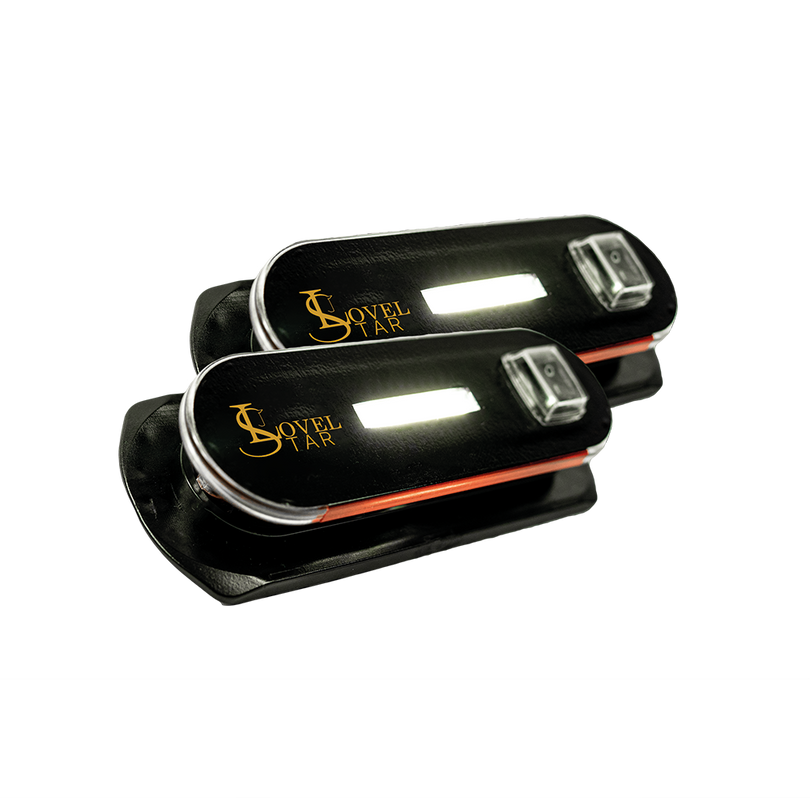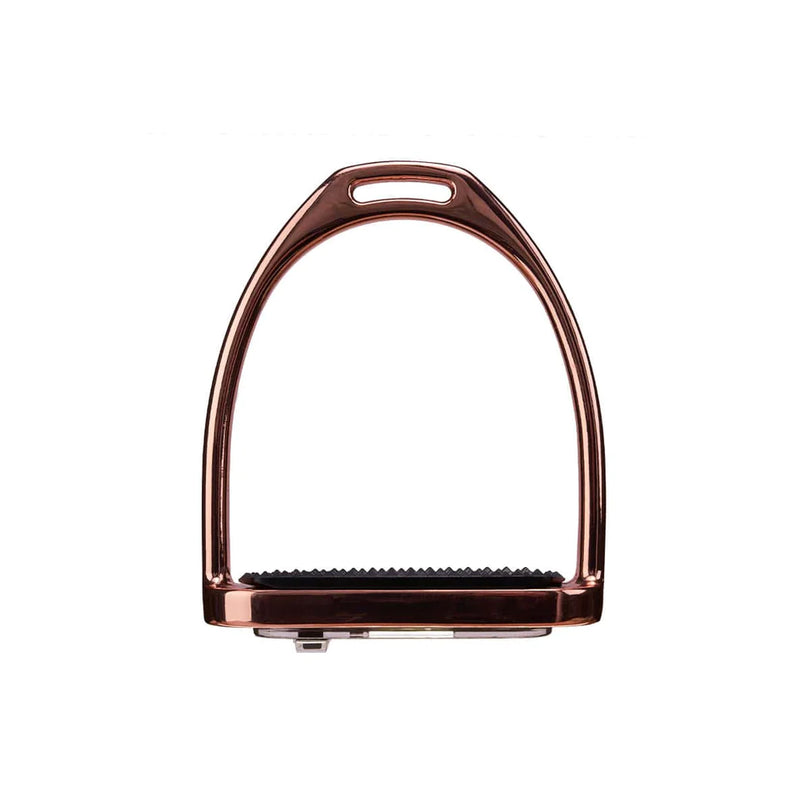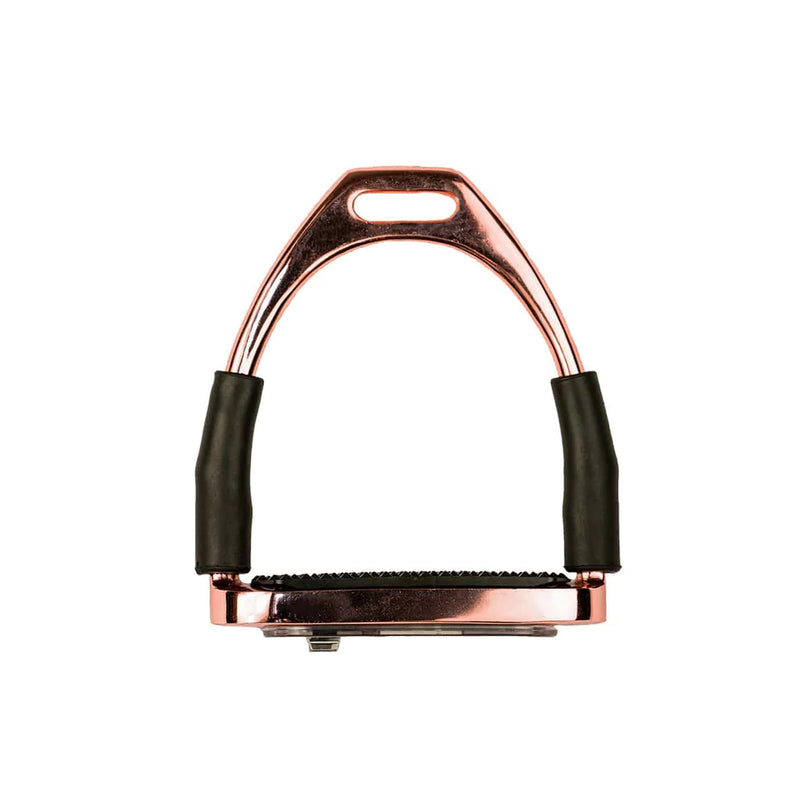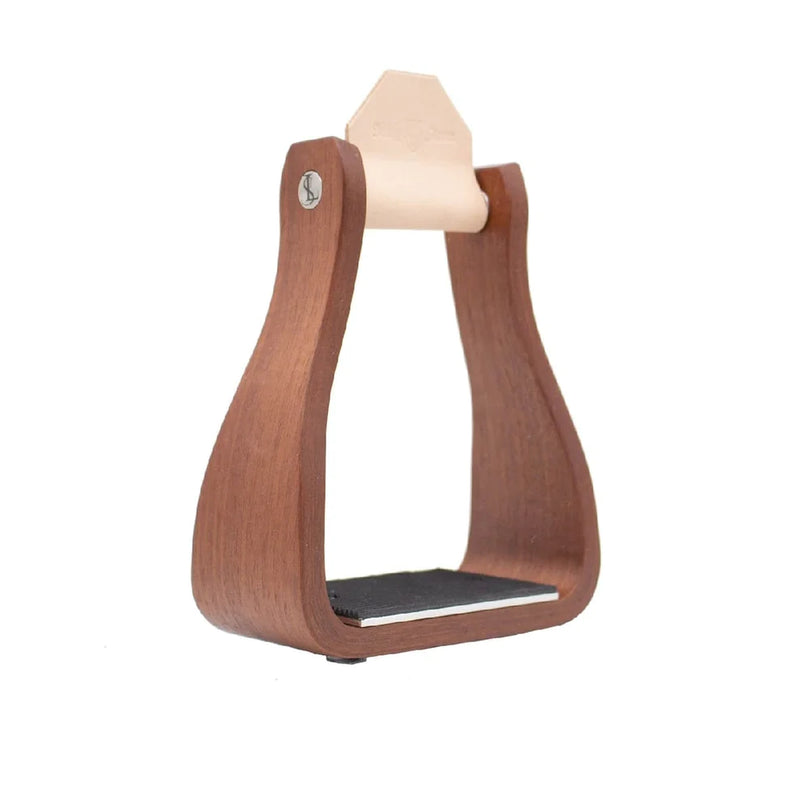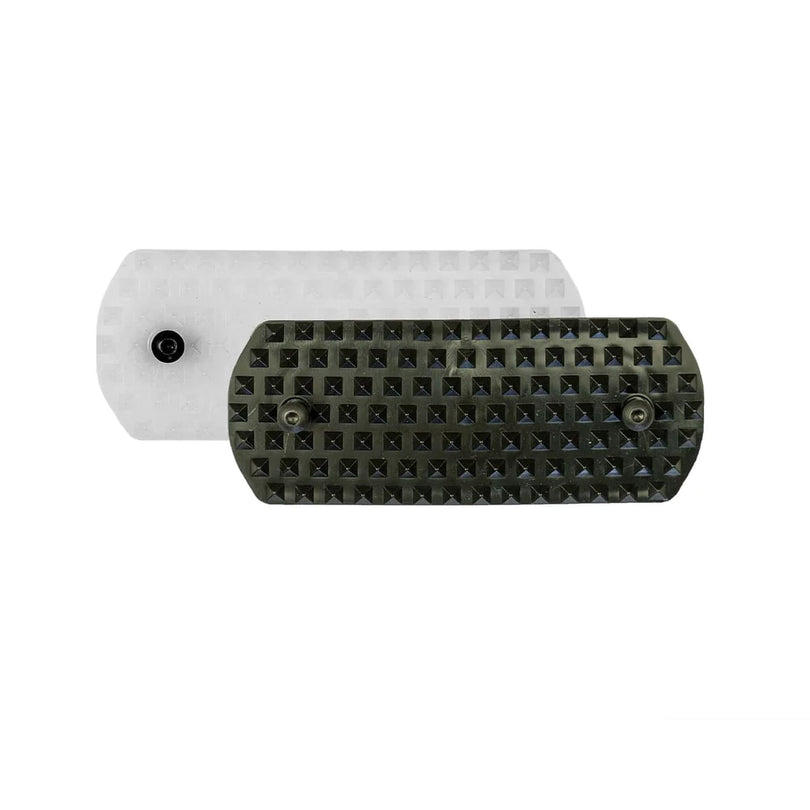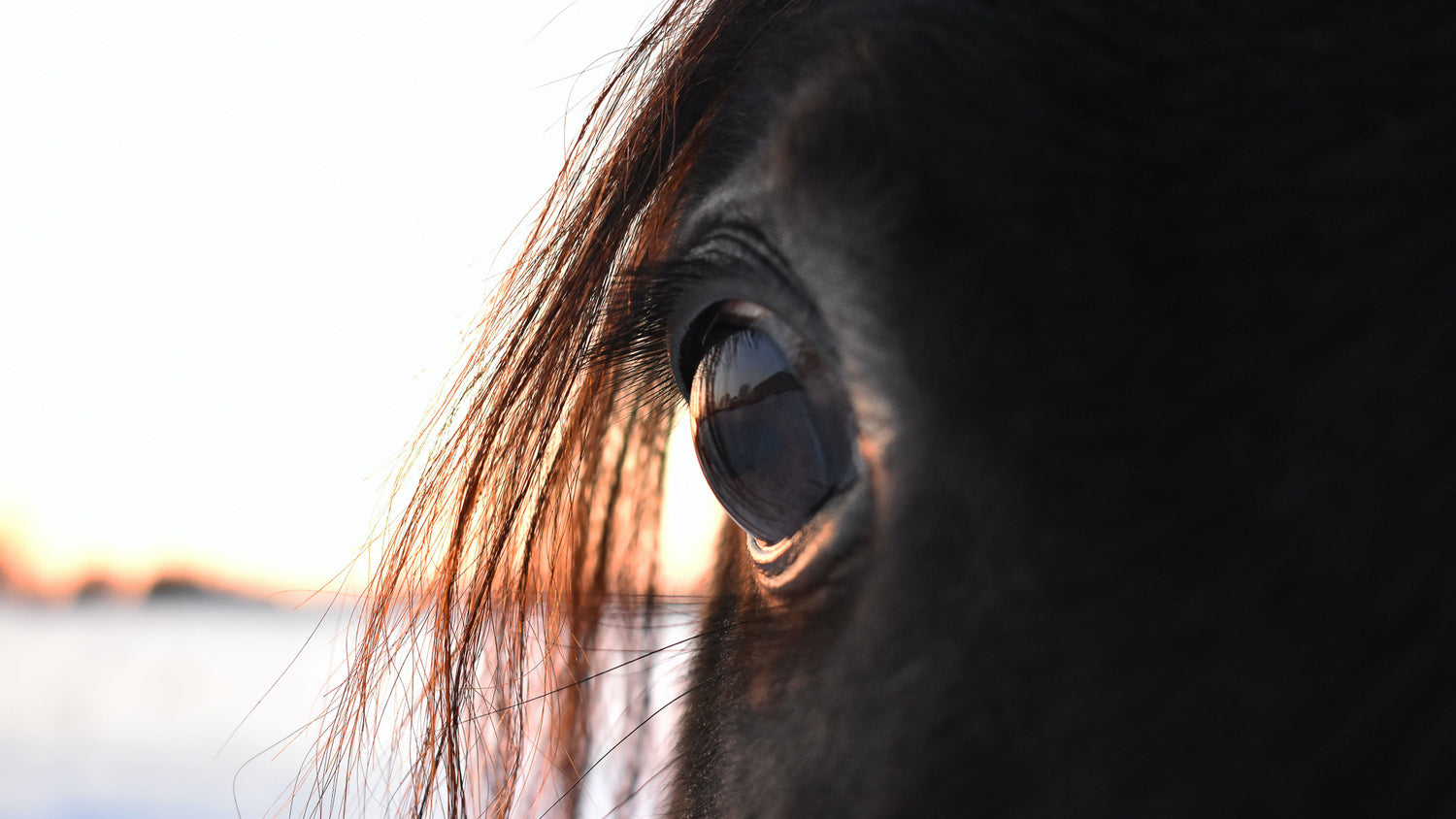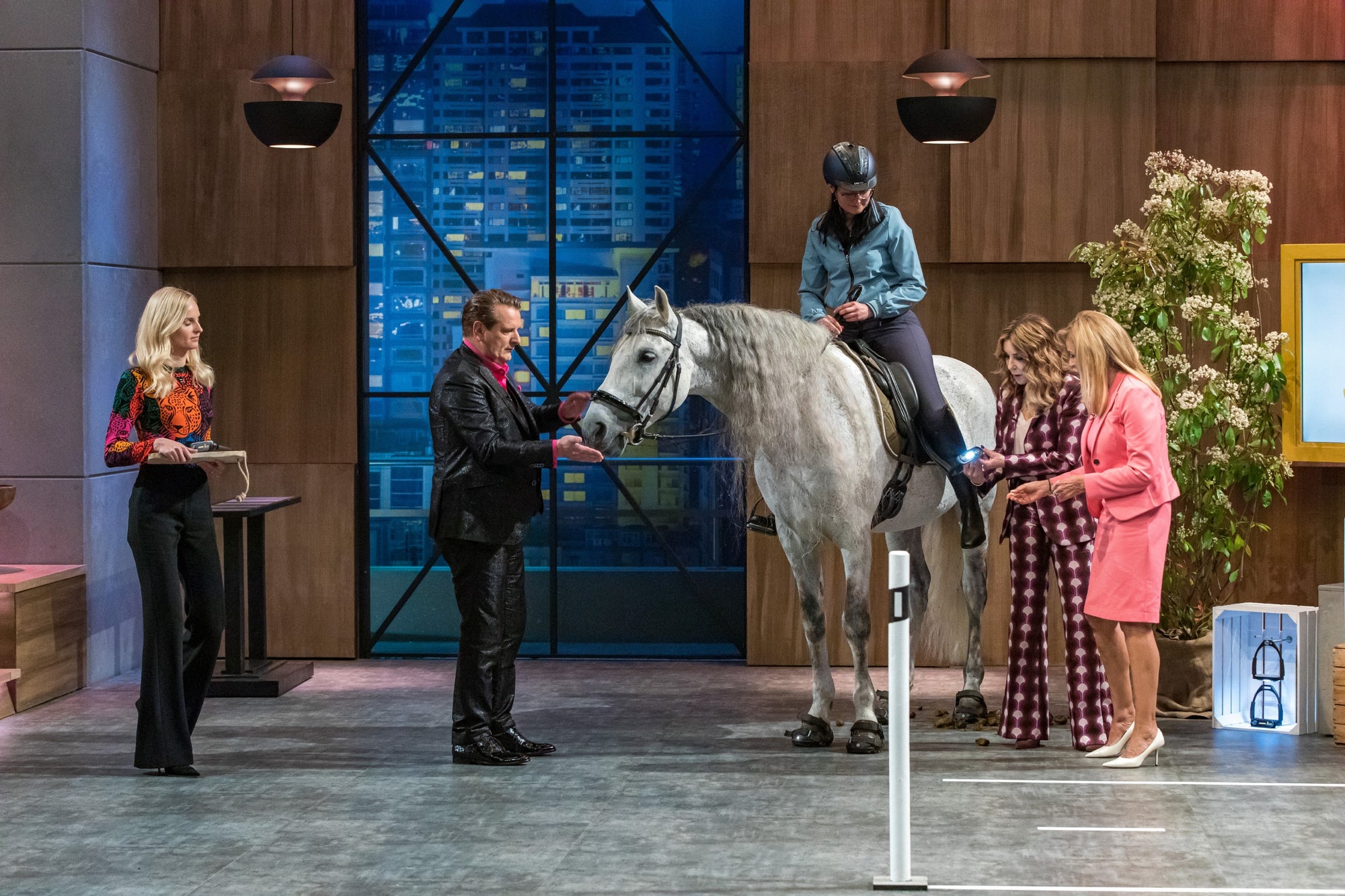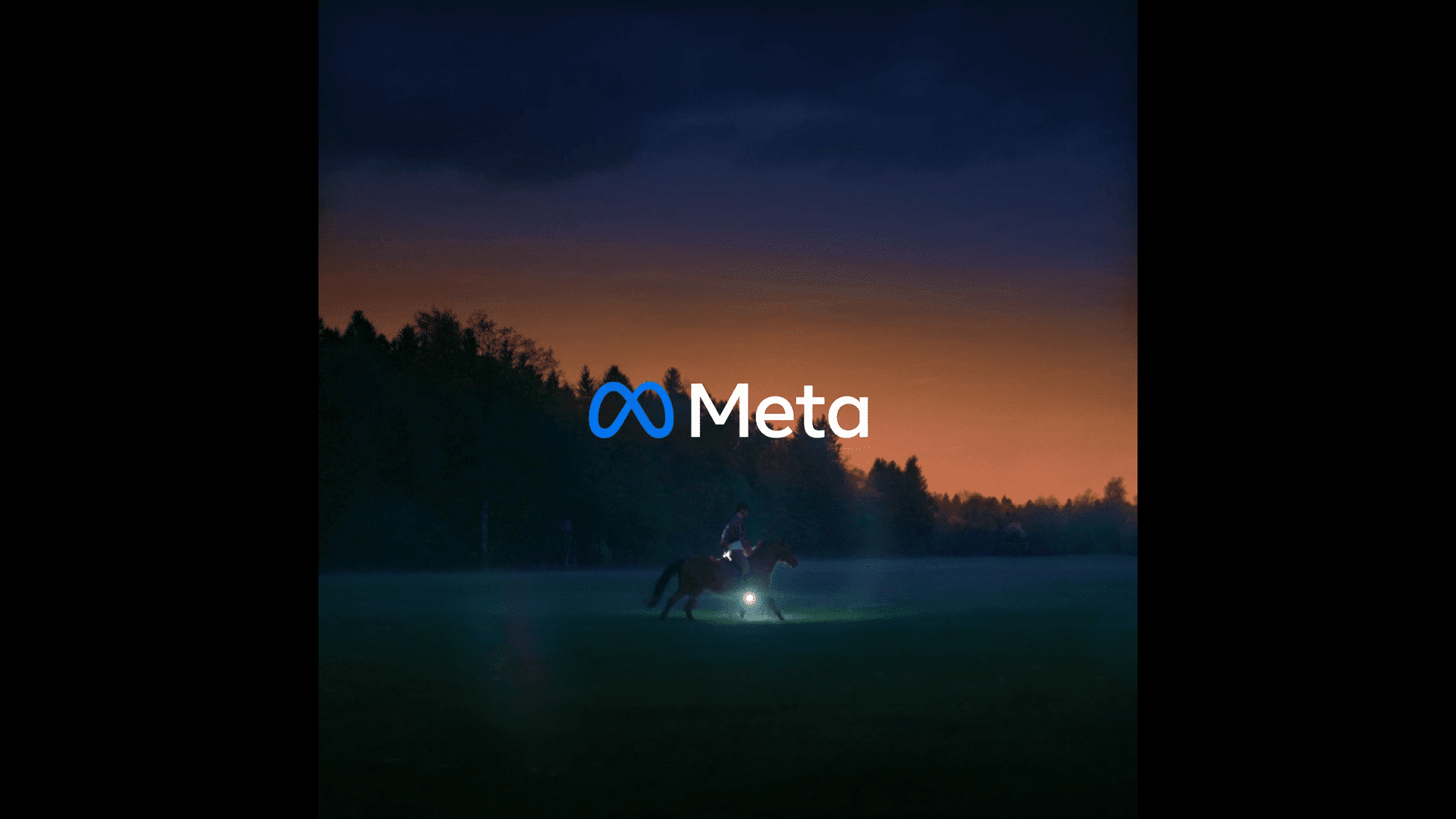But how do our horses actually cope with the darkness?

- Our horses have a total field of vision of almost 360° and can just see their tails when their heads are forward. However, they only have a 65° spatial vision in front of them.
- In nature, the horse's retina is adapted to detect movement.
- They have limited close-focusing ability. (Both eyes until the object comes within 3 to 4 meters, only then it is forced to turn or lower its head to continue observing with only one eye)
- The rods in the eye clearly predominate over the cones, which indicates the high ability to see at night. Horses also have a tapetum lucidum, or rainbow layer - a fiber-elastic reflective structure that increases light-gathering properties by reflecting light back through the photoreceptor layer
- Horses see blue and yellow colors but tend to have more trouble with red.
A study (Wouters and De Moor (1979)) showed that there is little improvement in sensitivity even after 30 minutes in the dark. For horses that are in a natural environment this is not generally a problem as the brightness of the sky changes slowly as darkness falls. However, in artificial environments, horses may need more time before they can see well in low light. This could be the case when they are being led quickly out of a lighted barn into the dark, or from daylight into a dark room, or when driving on the road changing from car headlights or streetlights to darkness.
Special caution is therefore required here!

